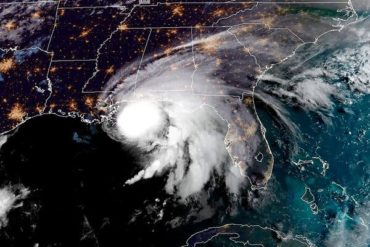Senate in the Balance: The Georgia Runoffs
OK, so Dems won the White House in the 2020 election, and kept control of the House of Representatives (albeit with a slimmer majority). What about the Senate?
In this time of political polarization, no administration can be completely effective without controlling all three, and the level of toxic waste Biden will need to clear from the detritus of the Trump administration is staggering. Without the Senate, much progress can be blocked. Take, for example, the last two years of Barack Obama’s second term, when Republicans took charge of the Senate at the midterm elections in 2014. Once Mitch McConnell consolidated this grip on power, Obama never got another judge seated again. McConnell just refused to bring his nominees to a floor vote, the most famous being the SCOTUS seat vacated by Antonin Scalia, which McConnell held open for a full year, but literally hundreds of federal judgeships remained vacant until Trump came into office, and McConnell finally filled them.






